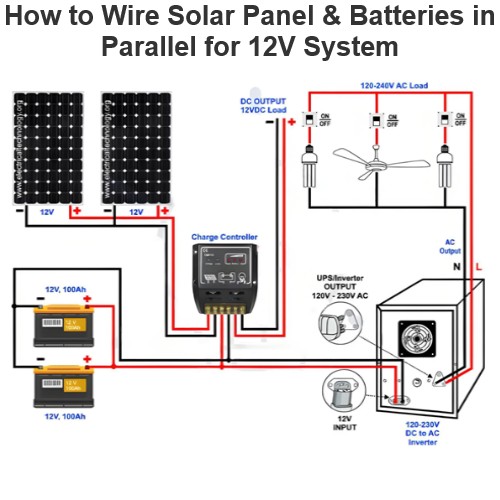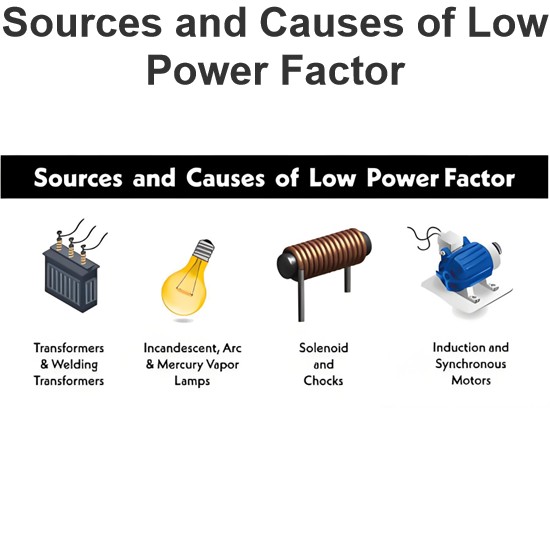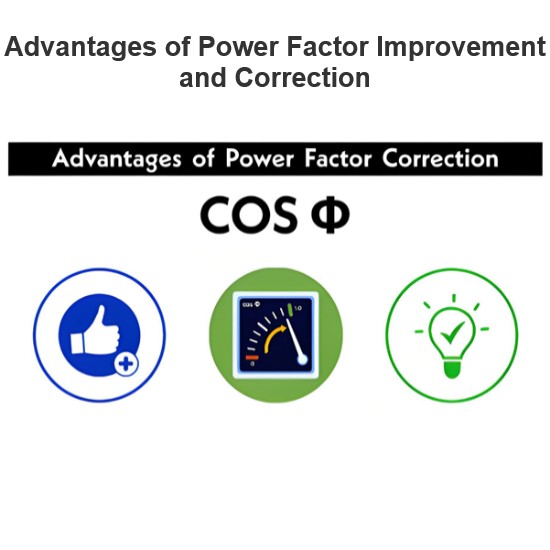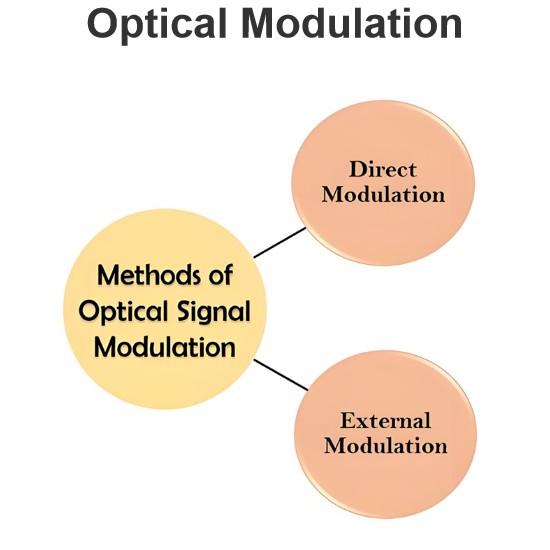In drift velocity, when an electron reaches the positive terminal of a battery, then what is this electron doing?
Before discussing the behavior of electrons in batteries, we need to be clear about a few concepts. The movement of electrons inside a battery involves electrochemical reactions and current flow. Electrons behave differently inside a battery than they do in a pure conductor, such as a metal wire. Here are some basic explanations for the movement of electrons in a battery:
The basic working principle of batteries
There are two electrodes inside the battery, one is a negative (anode) and the other is a positive (cathode). In the discharge process, the negative electrode oxidizes and releases electrons, while the positive electrode absorbs electrons. These electrons flow from the negative electrode to the positive electrode through an external circuit, thus forming an electric current.
The movement of electrons in a battery
Electron flow during discharge
Anode: At the negative electrode, an electrochemical reaction causes electrons to be removed from the atom, and these electrons accumulate on the negative electrode.
External circuit: Electrons flow from the negative terminal to the positive terminal through the external circuit (the wire connecting the negative terminal and the positive terminal) to complete the conduction of current.
Cathode: At the positive electrode, electrons are absorbed by the electrochemical reaction and participate in the reduction reaction.
Ion movement in the electrolyte
In addition to the flow of electrons in the external circuit, there is also ion movement in the electrolyte. Cations (positively charged ions) move from negative to positive, and anions (negatively charged ions) move from positive to negative. This movement of ions is needed to maintain the charge balance inside the battery.
When the electrons reach the positive end of the battery
When electrons travel through an external circuit to the positive electrode of the battery, they participate in the electrochemical reduction reaction that takes place at the positive electrode. To be specific:
Participating in a reaction: Electrons are accepted by a chemical substance at the positive electrode and participate in an electrochemical reduction reaction, such as the reduction of metal ions.
Charge balance: The influx of electrons helps maintain the charge balance at the positive electrode, preventing the positive electrode from becoming overly positive.
Energy release: In this process, the transfer of electrons is accompanied by the release of chemical energy, which can be used for external purposes, such as driving an electric motor or lighting a light bulb.
Summary of the behavior of electrons
From negative to positive: During battery discharge, electrons flow from the negative terminal to the positive terminal through an external circuit.
Participating in chemical reactions: After the electron reaches the positive electrode, it participates in the reduction reaction at the positive electrode.
Energy conversion: Electrical energy is converted into other forms of energy (such as mechanical energy or light energy) by the transfer of electrons.
Matters needing attention
It is important to note that when discussing the behavior of electrons, we usually take a macro view and describe the behavior of a large number of electrons, rather than the behavior of a single electron. In actual physical processes, the behavior of individual electrons is much more complex, involving the principles of quantum mechanics.
Conclusion
When the electrons reach the positive electrode of the battery, they participate in a reduction reaction at the positive electrode, helping to maintain the charge balance and converting energy in the process. This behavior of electrons is a core part of how batteries work, allowing them to provide power to external circuits.
The Electricity Encyclopedia is dedicated to accelerating the dissemination and application of electricity knowledge and adding impetus to the development and innovation of the electricity industry.













